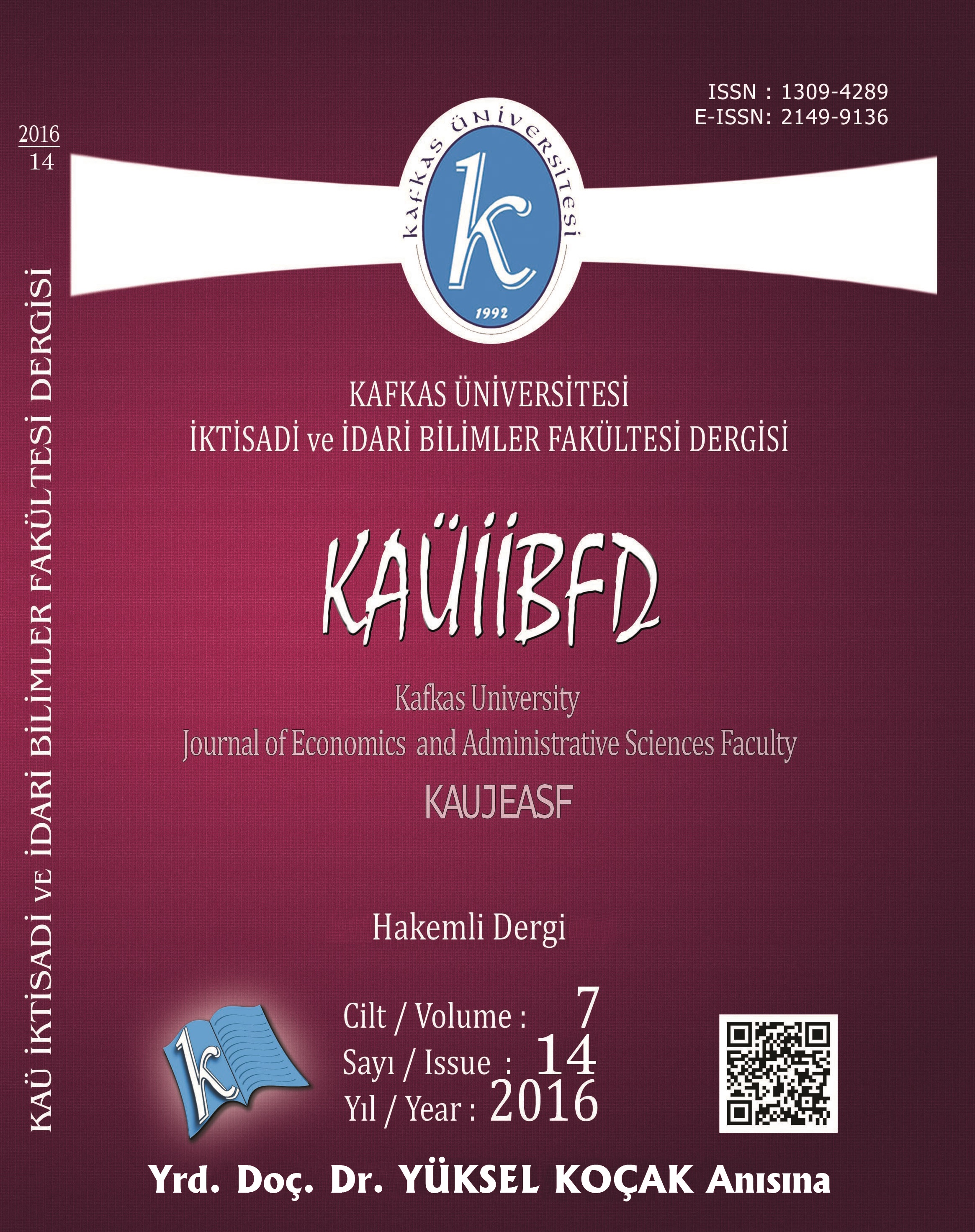Klasik Dönem Osmanlı Devleti'nde Vakıfların Gelir Kaynakları
The Sources of Waqf Incomes in Ottoman State of Classical Era
Author(s): Cüneyt İpteş, Adem ÜzümcüSubject(s): Economy, Agriculture, Modern Age, Sociology of Culture, 13th to 14th Centuries, Pre-WW I & WW I (1900 -1919), Interwar Period (1920 - 1939), Accounting - Business Administration
Published by: Kafkas Üniversitesi Sağlık, Kültür ve Spor Daire Başkanlığı Dijital Baskı Merkezi
Keywords: Ottomans; waqf system; waqf incomes;
Summary/Abstract: Waqfs are important social dynamics which have important roles in culture. Wagfs provide significant contributions to the construction of cities and cultural development as well as increasing public benefit. The Wagfs has undertaken the public activities and had financial autonomy in Ottoman era. Public works, activities have been realized by the agency of the waqf revenues. In this work, the income sources of waqfs are discussed. In this point, incomes are divided into two titles as capital incomes and business incomes. The first section shows what kind of assets do the waqfs as one of the principal factors of the Ottoman financial structure constitute to the accumulation of capital through the effects of military class and the contributions of tradesman sector. In the second section, both the agricultural product supply of the waqfs, their income from factories and business establishments and the effects of those waqfs on economical and commercial life will be analyzed. Icareteyn method has been evaluated in the scope of business incomes of waqfs along with examining the applications of Ottoman period. In this study, the selection of waqfs has been made in relation with subtitles that can be sampled.
Journal: Kafkas Üniversitesi İktisadi ve İdari Bilimler Fakültesi Dergisi
- Issue Year: 7/2016
- Issue No: 14
- Page Range: 701-709
- Page Count: 9
- Language: Turkish

